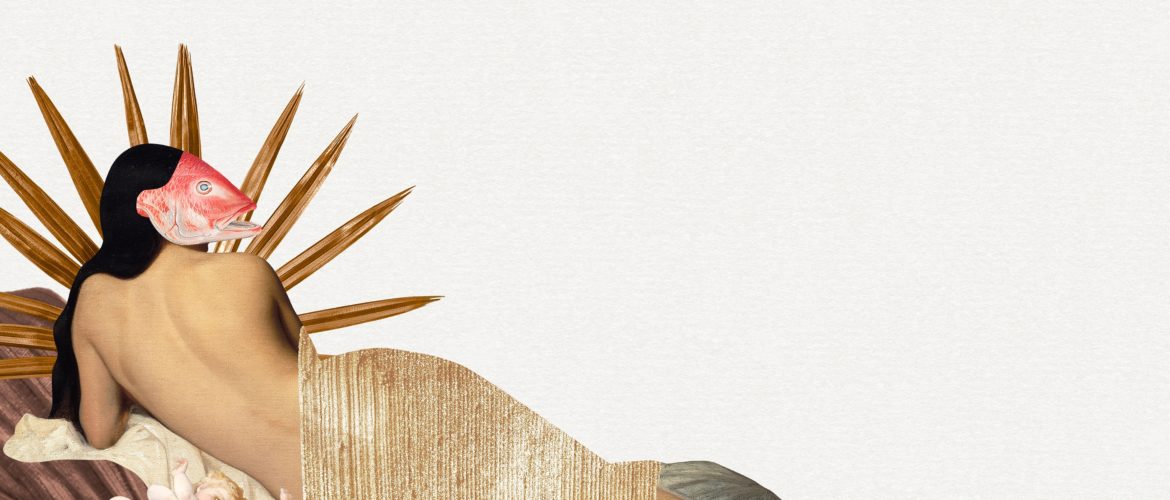Mixed Media Art in the Making: Tips to Hit the Ground Running

More and more art galleries, fairs, and shows are focusing on artists creating mixed media art. Despite a century-long story, it is arguably one of the freshest techniques in today’s philosophy of aesthetics, allowing creators to merge different mediums–old and new ones–to produce truly remarkable and unparalleled projects. Such is the privilege of contemporary art that has successfully accumulated a lot of knowledge from the modern era. Whether you want to change your medium or give color to an existing one, you will certainly benefit from the following tips that will help you to get the ball rolling.
Types of Mixed Media Art
Wet and dry media
Mixing wet (watercolors, acrylics) and dry (oils, pastels) media is the most common way to create an aesthetic combination. It is also among the easiest ones.
Collage and assemblage
Collage and assemblage are basically the same things. The difference is that the former is made on a 2D surface, while the latter is usually a 3D artwork.
Found art
As the name suggests, found art consists of non-artistic objects that are combined to become a complete piece of art. Dadaism was a good example of this particular type.
There are many more types and subtypes of mixed media art, so make sure to browse more information if you want to find out more.
Tips on How to Break New Ground
Every artist’s journey starts with the understanding of what on earth they want to create. That’s why your first step into the realm of mixed media art is the choice of materials you want to use in the process. At this stage, you are free to experiment with as many supplies as you can to pick the best ones. Once you have decided what you long for, most of your time will be dedicated to learning and mastering techniques. It is a long learning curve that might take weeks, months, or even years before you start to “feel” your art.
The more your work with similar materials, the more you lose touch with other mediums. It explains why it is vital to push the limits of your mixed media art and add something new to the existing established formulas. Such an approach won’t let you get stuck in one place and offer new challenges on your artistic path. Your mission is to face them accordingly.
